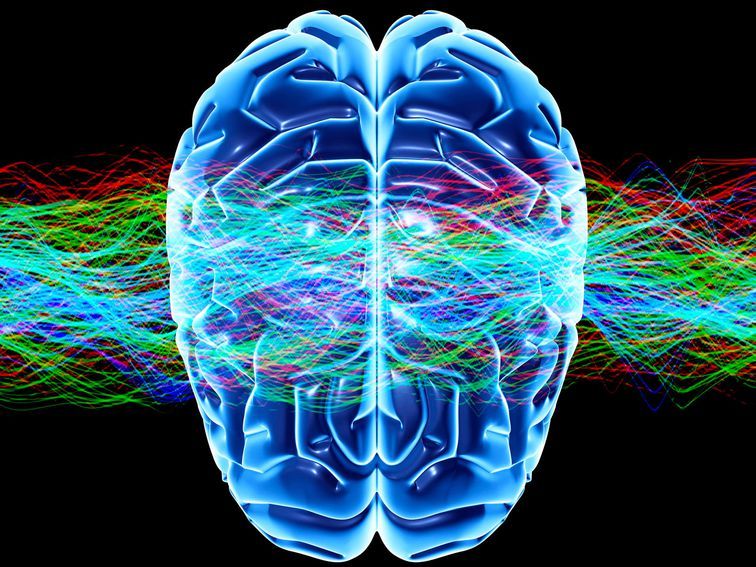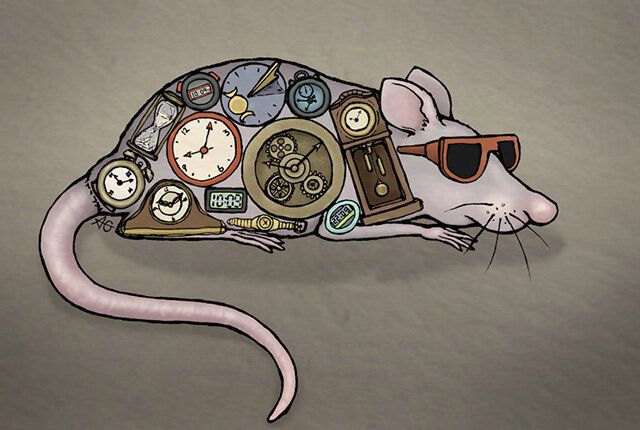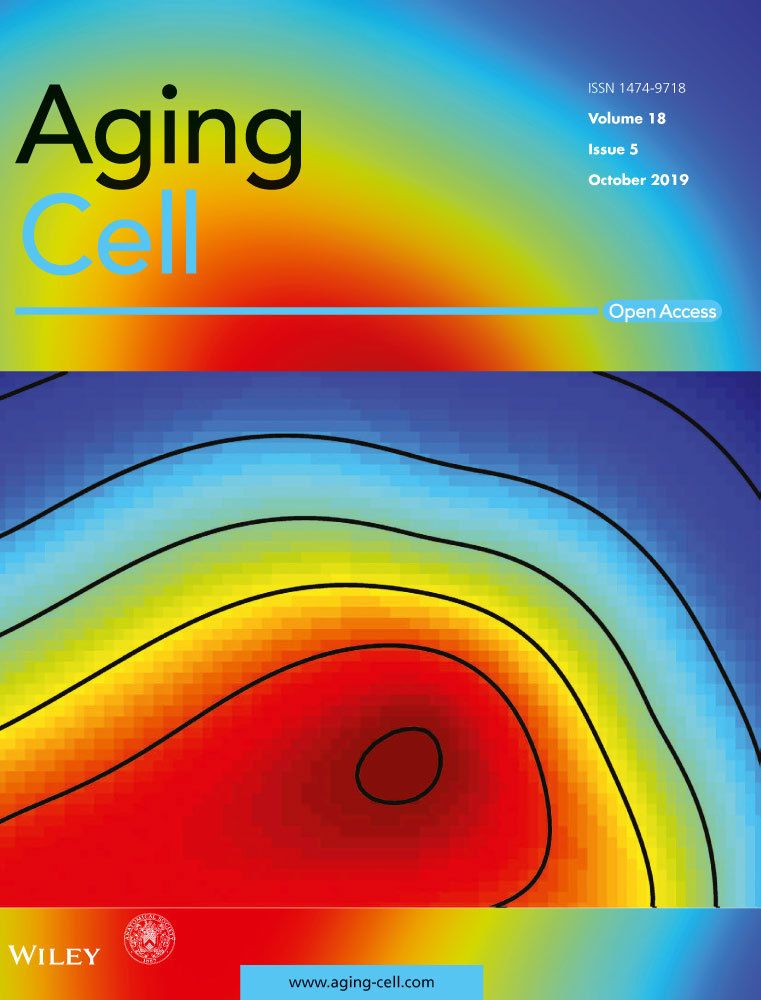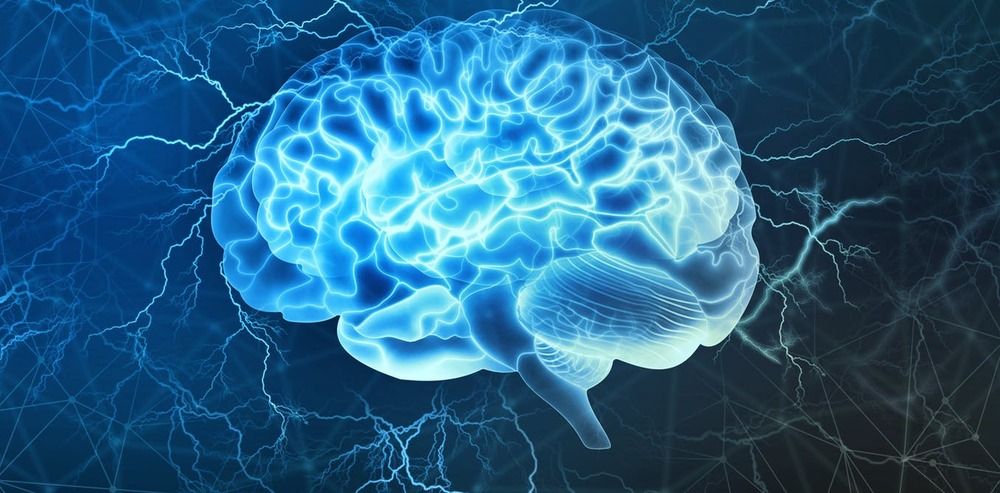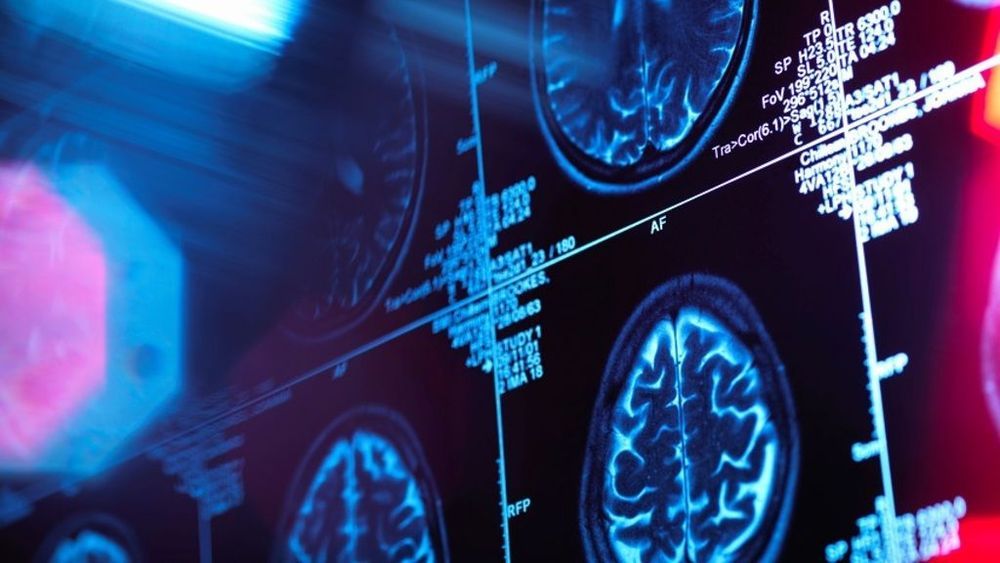Archive for the ‘neuroscience’ category: Page 700
Oct 20, 2019
Scientists discover skin keeps time independent of the brain
Posted by Quinn Sena in category: neuroscience
Squids, octopuses, cuttlefish, amphibians, and chameleon lizards are among the animals that can change the color of their skin in a blink of an eye. They have photoreceptors in their skin that operate independently of their brain. The photoreceptors are part of a family of proteins known as opsins.
Mammals have opsins, too. They are the most abundant proteins in the retina. These light-sensing photopigments are responsible for color vision (cone opsins) and vision in dim light (rhodopsin). While previous studies have suggested that mammals might express opsin proteins outside the eye, there was little information on what functions they might influence.
A study published Oct. 10 in Current Biology has now found that a type of opsin known as neuropsin is expressed in the hair follicles of mice and synchronize the skin’s circadian clock to the light-dark cycle, independent of the eyes or brain.
Oct 19, 2019
Downregulation of the inflammatory network in senescent fibroblasts and aging tissues of the long‐lived and cancer‐resistant subterranean wild rodent, Spalax
Posted by Paul Battista in categories: biotech/medical, life extension, neuroscience
The blind mole rat (Spalax) is a wild, long‐lived rodent that has evolved mechanisms to tolerate hypoxia and resist cancer. Previously, we demonstrated high DNA repair capacity and low DNA damage in Spalax fibroblasts following genotoxic stress compared with rats. Since the acquisition of senescence‐associated secretory phenotype (SASP) is a consequence of persistent DNA damage, we investigated whether cellular senescence in Spalax is accompanied by an inflammatory response. Spalax fibroblasts undergo replicative senescence (RS) and etoposide‐induced senescence (EIS), evidenced by an increased activity of senescence‐associated beta‐galactosidase (SA‐β‐Gal), growth arrest, and overexpression of p21, p16, and p53 mRNAs. Yet, unlike mouse and human fibroblasts, RS and EIS Spalax cells showed undetectable or decreased expression of the well‐known SASP factors: interleukin‐6 (IL6), IL8, IL1α, growth‐related oncogene alpha (GROα), SerpinB2, and intercellular adhesion molecule (ICAM‐1). Apparently, due to the efficient DNA repair in Spalax, senescent cells did not accumulate the DNA damage necessary for SASP activation. Conversely, Spalax can maintain DNA integrity during replicative or moderate genotoxic stress and limit pro‐inflammatory secretion. However, exposure to the conditioned medium of breast cancer cells MDA‐MB‐231 resulted in an increase in DNA damage, activation of the nuclear factor κB (NF‐κB) through nuclear translocation, and expression of inflammatory mediators in RS Spalax cells. Evaluation of SASP in aging Spalax brain and intestine confirmed downregulation of inflammatory‐related genes. These findings suggest a natural mechanism for alleviating the inflammatory response during cellular senescence and aging in Spalax, which can prevent age‐related chronic inflammation supporting healthy aging and longevity.
Oct 19, 2019
Qantas tests passenger limits — and pilot brain patterns — on world’s longest nonstop flight
Posted by Genevieve Klien in category: neuroscience
Qantas will test how pilots and passengers withstand a 20-hour nonstop from New York to Sydney, monitoring brain activity and melatonin levels during the flight.
Oct 19, 2019
Are Electrons Conscious?
Posted by Paul Battista in categories: neuroscience, particle physics
In response to the utter inadequacy of materialism to account for the mind, several philosophers have suggested panpsychism as a solution to the mind–body problem. Perhaps, they argue, all matter is inherently conscious but more primitive aggregates of matter may only have primitive consciousness. From that perspective, humans are very conscious and electrons are maybe just a little bit conscious.
Philosopher Philip Goff:
The panpsychist offers an alternative research programme: Rather than trying to account for consciousness in terms of utterly non-conscious elements, try to explain the complex consciousness of humans and other animals in terms of simpler forms of consciousness which are postulated to exist in simpler forms of matter, such as atoms or their sub-atomic components. This research project is still in its infancy. But a number of leading neuroscientists, such as Christof Koch and Giulio Tononi, are now finding that working within a panpsychist framework bears fruit. The more fruit is borne by this alternative research programme, the more reason we have to accept panpsychism.
Oct 18, 2019
Why a computer will never be truly conscious
Posted by Paul Battista in categories: biotech/medical, computing, neuroscience
Some researchers continue to insist that simulating neuroscience with computers is the way to go. Others, like me, view these efforts as doomed to failure because we do not believe consciousness is computable. Our basic argument is that brains integrate and compress multiple components of an experience, including sight and smell – which simply can’t be handled in the way today’s computers sense, process and store data.
Brains don’t operate like computers
Living organisms store experiences in their brains by adapting neural connections in an active process between the subject and the environment. By contrast, a computer records data in short-term and long-term memory blocks. That difference means the brain’s information handling must also be different from how computers work.
Oct 17, 2019
Scientists pinpoint how brain activity could be manipulated to slow aging
Posted by Paul Battista in categories: life extension, neuroscience
The human brain is always on—trillions of electric currents and transmissions from neuron to neuron flicker constantly. Surprising new research, from the Blavatnik Institute at Harvard Medical School, suggests the secret to living longer may lie in this neural activity, which speeds up and slows down as we age.
Over-excitation, or too much activity in the brain, was linked to shorter life spans, a study published on Wednesday in the journal Nature has found. Meanwhile, suppressing neural over-excitation actually extends life. The study, based on data from humans brains, mice, and worms, is the first showing that the nervous system influences longevity.
Oct 17, 2019
The Top 10 Companies Working to Increase Longevity
Posted by Paul Battista in categories: biotech/medical, business, food, genetics, life extension, neuroscience, Peter Diamandis, satellites
The core of what we do at Nanalyze is to tell our readers all they need to know about investing in emerging technologies. Sometimes that story is much, much bigger, and what we’re really talking about is investing in emerging industries. NewSpace is one example, launching about 15 years ago with the emergence of companies like SpaceX and Virgin Galactic. It’s probably only within the last five years that the NewSpace industry has achieved real liftoff, with dozens of startups doing everything from offering launch services to building satellites to developing business analytics from space-based imagery. While we may one day end up living on Mars, we’re more interested in living a long and fruitful life right here on Mother Earth, despite the specter of cancer and dementia. An entire industry is coalescing around human longevity, promising to beat these age-related diseases and extend our lives to biblical proportions.
We’ve been covering the topic of life extension for more than five years, beginning with a profile on an anti-aging company called Human Longevity Inc, whose founders include billionaire serial entrepreneur Peter Diamandis and J. Craig Venter, a leading genomics expert. More recently, we introduced you to nine companies developing products in regenerative medicine, a broad category that refers to restoring the structure and function of damaged tissues or organs. We also tackled the more controversial topic of young blood transfusions earlier this year, as well as covered the 2019 IPO of Precision BioSciences (DTIL), a gene-editing company that wants to fight disease and re-engineer food.
Oct 17, 2019
Brain activity linked to longevity
Posted by Paul Battista in categories: life extension, neuroscience
Oct 17, 2019
The ‘blob’: Paris zoo unveils unusual organism which can heal itself and has 720 sexes
Posted by Quinn Sena in category: neuroscience
It is bright yellow, can creep along at a speed of up to 4 centimeters (1.6 inches) per hour, can solve problems even though it doesn’t have a brain and can heal itself if it is cut in two.
Meet the “blob,” an unusual organism which will go on display Saturday at the Paris Zoological Park, as part of a first-of-its-kind exhibition intended to showcase its rare abilities.
The slime mold, which is known officially as physarum polycephalum (or “the many headed slime”) is neither a plant, an animal or a fungus. It doesn’t have two sexes — male and female — it has 720. And it can also split into different organisms and then fuse back together, according to a press release from the Zoological Park.
